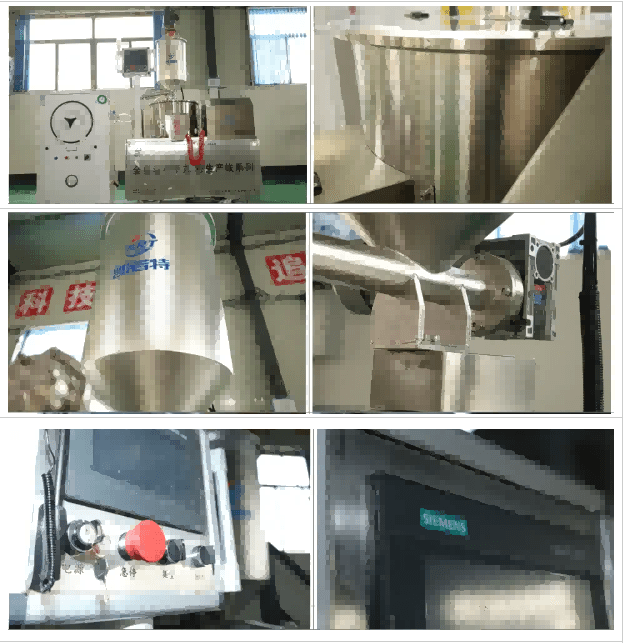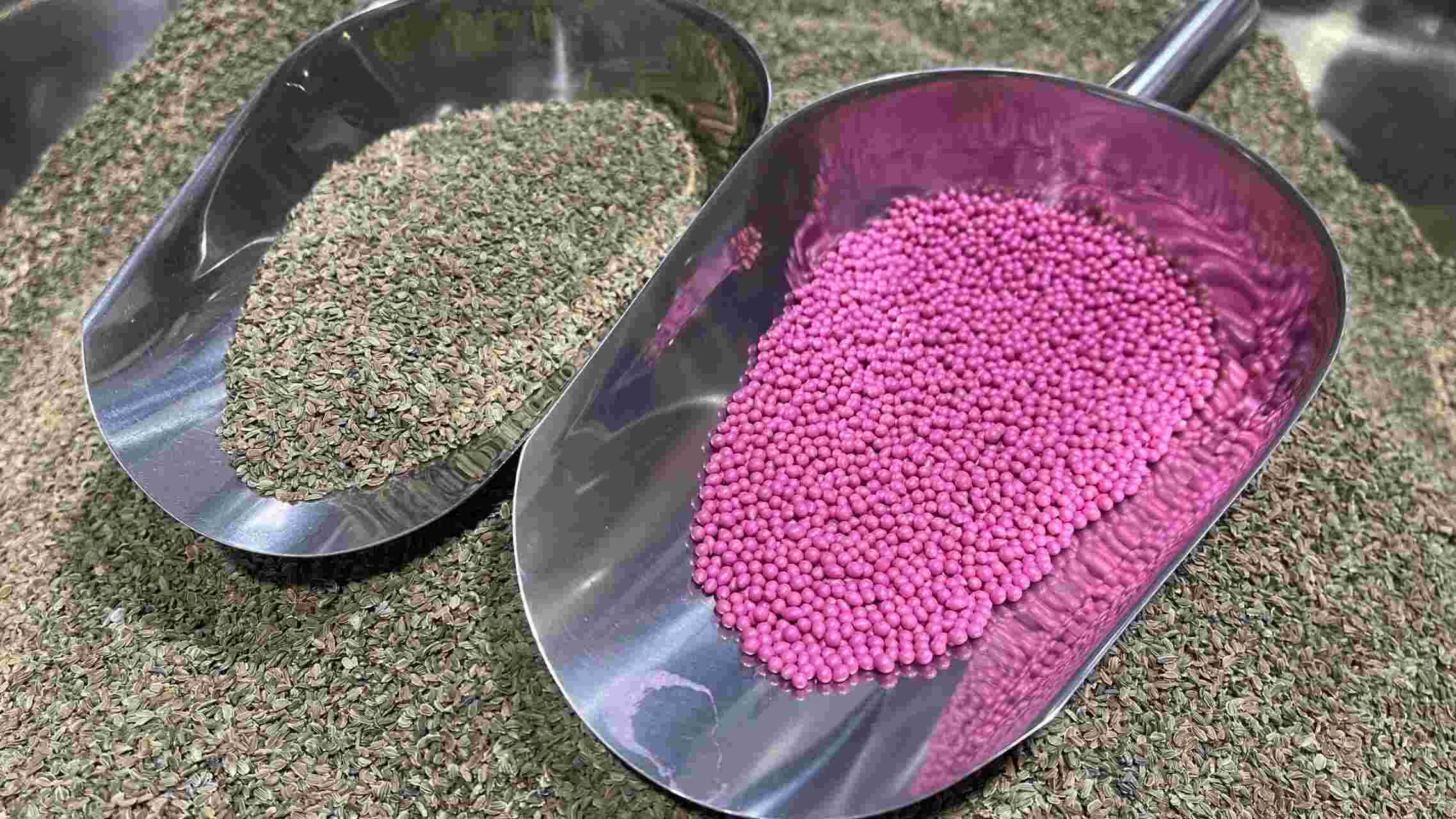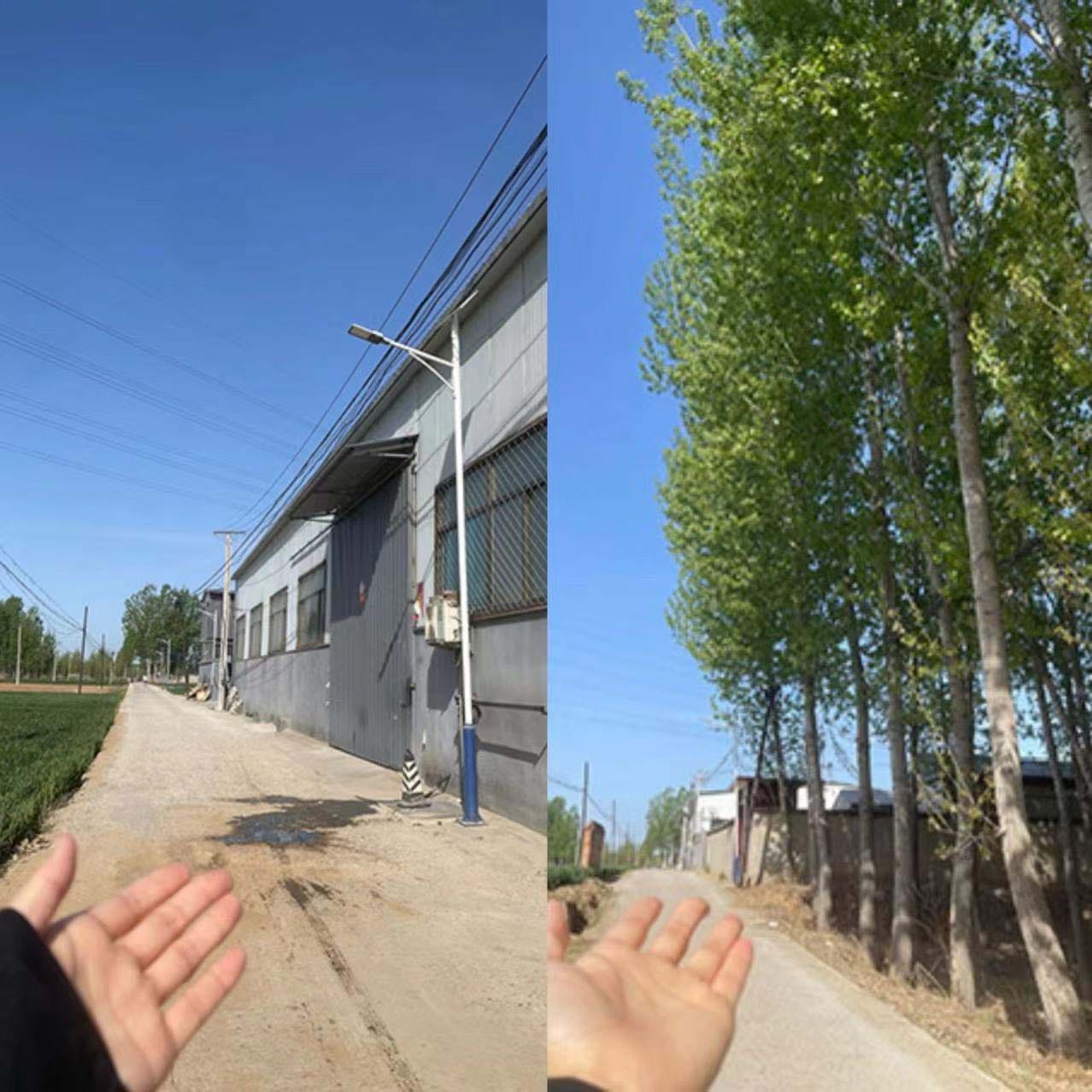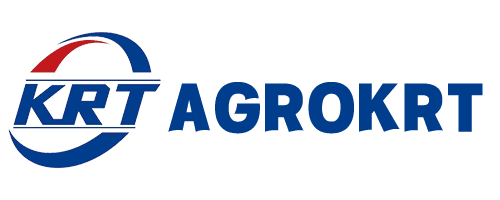What are the benefits of the roller seedling production line
1.Improve production efficiency
Continuous operation: The assembly line design ensures seamless connection of sowing, soil covering, watering and other links, significantly shortening the seedling cultivation cycle.
High-speed sowing: The roller seeder can precisely and quickly complete seed delivery, processing thousands of seedlings per hour, making it suitable for large-scale production.
Save labor: Automation replaces manual operation, reduces labor intensity and lowers labor costs.

2. Improve the quality of seedling cultivation
Precise sowing: The roller device ensures that the number and depth of seeds in each hole are consistent, avoiding missed sowing or waste, and resulting in uniform germination.
Controllable environment: Equipped with temperature, humidity and light control systems to optimize the growth conditions of seedlings and increase the survival rate.
Uniform substrate: Automated soil covering and compaction ensure consistent substrate looseness, which is beneficial for root development.
3. Save resources
Seed/substrate savings: Precise placement reduces the waste of seeds and seedling substrates, lowering costs.
Efficient utilization of water and fertilizer: Drip irrigation or sprinkler irrigation systems precisely supply water and fertilize, reducing resource consumption.
High space utilization: The assembly line layout is compact, suitable for factory-based seedling cultivation, and saves space.

4. Adapt to diverse demands
Multi-variety compatibility: By changing the drum mold or adjusting the parameters, it can adapt to different seeds (vegetables, flowers, trees, etc.).
Flexible scale adjustment: The modular design facilitates the expansion or adjustment of the production line to meet the changing demands of orders.
5. Reduce risks and losses
Reduce human errors: Automation reduces the inconsistencies caused by manual operations.
Disease control: Standardized operations reduce the risk of pollution, and the supporting disinfection system can prevent soil-borne diseases.
Stable supply: Continuous production throughout the year ensures timely delivery of seedlings, especially suitable for order agriculture.

6. Intelligent management
Data monitoring: Integrated sensors can monitor environmental parameters (such as temperature and humidity) in real time, and the data feedback optimizes production.
Traceability system: Records data from each stage of seedling cultivation, facilitating quality tracking and improvement.





